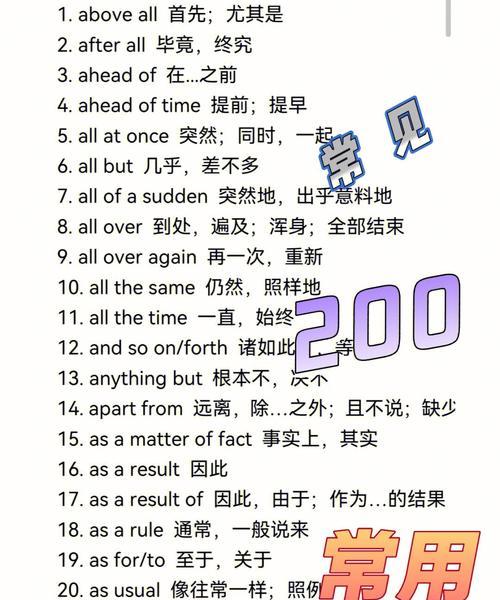英语中的介词"in"、"on"、"at"和"to"的使用规则不同。"in"通常用于表示在大型区域、城市、具体地点或时间内;"on"用于表示在物体表面、特定日期或公共交通工具上;"at"用于表示在具体位置、时间或活动上;"to"则表示方向或目的地,可以用于地点、人或动作。

1. In
介词"in"表示在某个位置或范围内,通常需要加上以下词汇:
- 大型区域或国家:in China, in Europe
- 城市:in London, in Beijing
- 具体地点:in the park, in the house
- 季节、月份、年份等时间:in summer, in December, in 2021
2. On
介词"on"表示在某个表面或位置上,常常需要加上以下词汇:
- 物体表面:on the table, on the wall
- 某个特定的日期:on Monday, on January 1st
- 公共交通工具:on the bus, on the train
3. At
介词"at"表示在某个位置或时间点上,通常需要加上以下词汇:
- 具体的位置:at the park, at the station
- 具体的时间:at 8 o'clock, at night
- 活动或事件:at the party, at a concert
4. To
介词"to"表示某个方向或目的地,常常需要加上以下词汇:
- 地点或城市:to the park, to New York
- 人或组织:to my friend, to the company
- 动作或行为:to listen to music, to go to school

